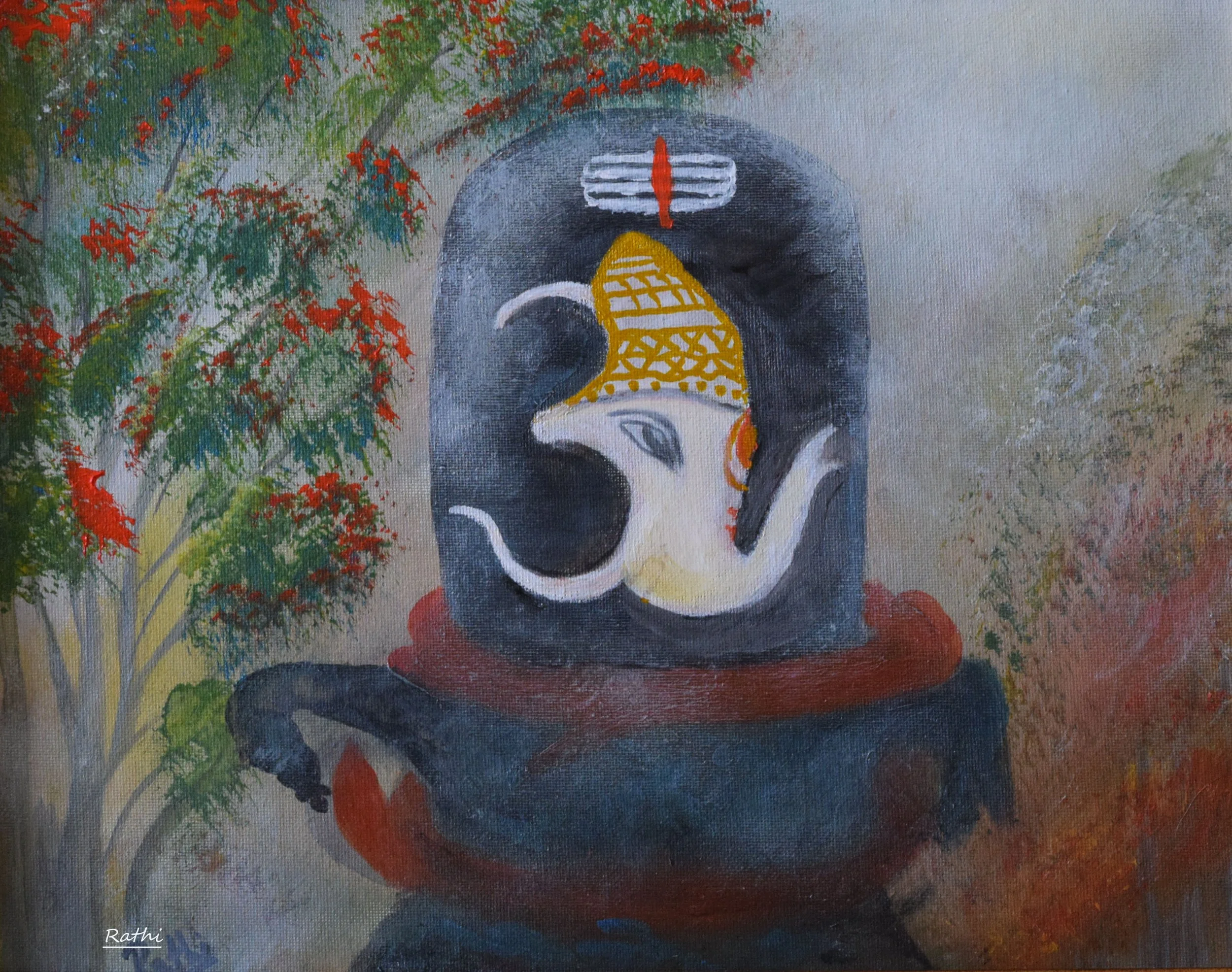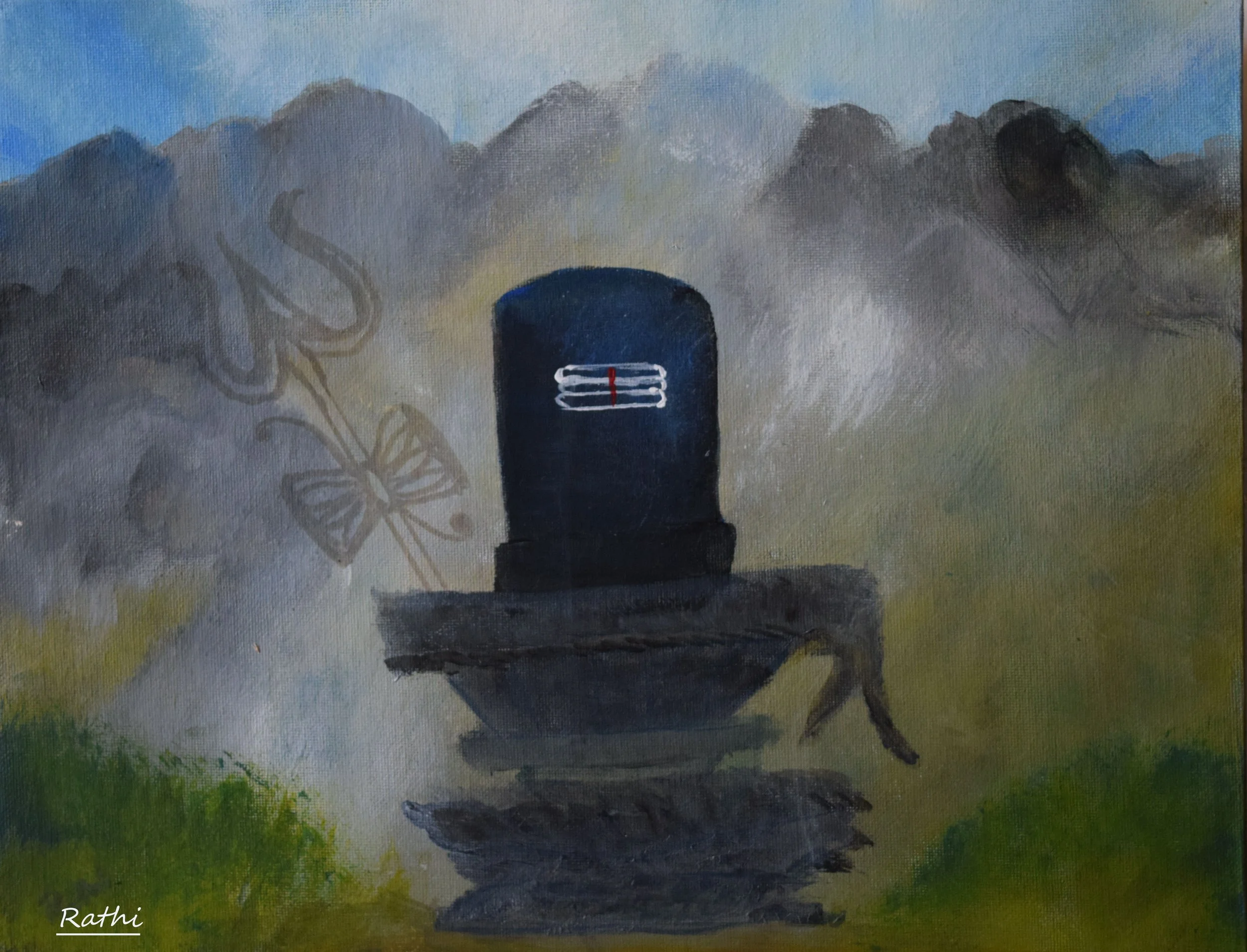The soul’s greatest awakening comes not from comfort, but from the trials of betrayal and sorrow
While the soul whispers inward, we squander our strength chasing shadows outside
Curiosity drives humans to achieve great things. People continuously seek answers from the world. However, the wise people of the Upanishads observed that people often forget to look inward. This causes the mind to focus on external factors, leading to shifts between happiness and sadness. Despite scientific progress, lasting peace and happiness can be difficult to find. The ancient Indian sages discovered a method to calm the mind, found in the Yoga Sutras of Patanjali, Vigyan Bhairav Tantra and Thirumoolar's Thirumanthiram.Its opening line resonates like a call to all seekers: "Now begins the teaching of Yoga."
Dwelling in the Self: The Inner Journey of Yoga
A genuine yogi dwells deeply within the Self — but what does that truly imply? Can this be understood from another perspective? Throughout life, we become entangled with the ever-shifting waves of the chitta — the mind-stuff composed of thoughts, emotions, and fleeting mental impressions. We move from one mental state to another, mistaking each for who we are. But do we ever pause to ask: Have we truly met our real Self?Isn’t it a sorrowful irony — to gain knowledge of the world’s vastness, yet remain strangers to our own inner reality?So, what is this true Self — our original nature? The sage Patanjali speaks of it with clarity. In the Yoga Sutras, he points to the subtle veils that obscure the Self, and he offers a path — through disciplined practice — to peel away these layers and reveal the truth that lies beneath.But who was Patanjali? What was the essence of the yoga scripture he composed? How did people perceive yoga before his teachings emerged? And how did his work transform that understanding?The journey of yoga is inseparable from the journey of humanity’s spiritual evolution. It is the quiet yet profound story of the soul’s yearning — a timeless quest to transcend pain, illness, aging, and even death itself. Yoga is not merely practice; it is the human spirit reaching toward freedom.
History of Yoga
Before we explore yoga, we should first understand the civilization of India.
Indus Valley Civilization, also known as the Harappan Civilization roughly 3300–1300 BCE- Reference – Yoga pose from the Civilization - Yoga start here and practiced but never documented .
Sangam Age (c. 800 BCE – 300 CE) — The period is marked by the flourishing of Tamil literature, known as Sangam literature . Yoga practiced.
Vedic Civilization — 1500–500 BCE - Indo-Aryan Migration The Vedas, ancient Sanskrit texts
Thirumoolar's Thirumandiram
Thirumoolar's Thirumandiram, a collection of 3,000 verses in Tamil(Ref ), is a significant text within the Tamil Shaiva Siddhanta tradition and is considered a major source of yoga practice and philosophy in Tamil Nadu. The Thirumandiram elaborates on Ashtanga Yoga, the eight limbs of yoga, and provides detailed descriptions of asanas (postures), pranayama (breathing techniques), and other aspects of yoga practice. It's considered a foundational text for understanding yoga in the Tamil context.
Beyond Patanjali
The Thirumandiram offers a unique perspective on yoga, not just mirroring Patanjali's Yoga Sutras, but also elaborating on concepts like the twelve kalas (subdivisions of Omkara), which are relevant to Pranava-Yoga
Patanjali's Yoga Sutras
Patanjali's Yoga Sutras which systematized the practice into eight limbs (Ashtanga Yoga).
Vigyan Bhairav Tantra
Another significant contribution came from the Vigyan Bhairav Tantra, a classical Shaiva tantric text in which Lord Shiva imparts 112 meditation techniques to his consort Devi (Shakti). This text emphasizes direct experience of consciousness through breath, sound, and awareness, highlighting yoga as a path of inner awakening and union of masculine (Shiva) and feminine (Shakti) energies. Together, these traditions laid the foundation for the rich, multifaceted system of physical, mental, and spiritual disciplines we now recognize as yoga.Over time, yoga evolved through philosophical texts like the Upanishads, the Bhagavad Gita.
Major Paths of Yoga in Ancient Indian
The first formal yoga system was called Raja Yoga, as described later in Patanjali’s Yoga Sutras (around 2nd century BCE). Most of below yoga Patanjali is documented.Patanjali's role is not just as a writer, but also as a systematizer of yogic knowledge. He compiled and organized existing yoga traditions into a structured framewor . More about Patanjali
1. Karma Yoga (Path of Selfless Action)
Emphasized in the Bhagavad Gita, Karma Yoga teaches that one should perform their duties selflessly, without attachment to outcomes. This path purifies the mind and leads to spiritual liberation through dedicated service and righteous action.
2.Bhakti Yoga (Path of Devotion) Rooted in the Bhakti Sutras of Narada, Bhakti Yoga focuses on cultivating a deep, personal devotion to a chosen deity, often through practices like chanting, prayer, and rituals. This path fosters love, humility, and surrender to the divine.
3.Jnana Yoga (Path of Knowledge) Central to Advaita Vedanta, as expounded by Adi Shankaracharya, Jnana Yoga involves the pursuit of self-inquiry and wisdom to realize the non-dual nature of reality. It emphasizes discernment between the eternal and the transient, leading to the realization of the self as Brahman
4. Raja Yoga(Kriya Yoga is a subtype of Raja Yoga-Patanjali) (Path of Royal Union) Detailed in the Yoga Sutras of Patanjali, Raja Yoga outlines an eight-limbed path (Ashtanga Yoga) that includes ethical disciplines (Yamas and Niyamas), physical postures (Asanas), breath control (Pranayama), withdrawal of senses (Pratyahara), concentration (Dharana), meditation (Dhyana), and absorption (Samadhi) more
5.Hatha Yoga – Focuses on physical postures (asanas) and breathing techniques more
6.Ashtanga Yoga (Initiated by: Patanjali) – A vigorous, structured sequence of poses linked with breath.
7.Laya Yoga (Path of Merging) Described in texts like the Varaha Upanishad, Laya Yoga focuses on the dissolution of the individual ego into the universal consciousness. It involves practices that lead to the merging of the self with the divine, transcending dualistic perceptions.Ancient India, particularly within Tantric spiritual traditions of Northern India and the Himalayan region.Laya Yoga emerged as a part of Tantra and Shaktism (worship of the divine feminine energy, or Shakti).
8.Mantra Yoga (Path of Sound) This path involves the repetition of sacred sounds or mantras to focus the mind and invoke spiritual energies. Mantra Yoga is prevalent in various traditions, including Shaiva and Tantric practices, and is considered a powerful tool for mental discipline and spiritual awakening.
9. Tantra Yoga (Path of Ritual and Energy) Tantra Yoga encompasses a vast array of esoteric practices aimed at awakening the dormant spiritual energy (Kundalini) within. It includes rituals, meditation, and the use of mantras and yantras to achieve spiritual enlightenment.

